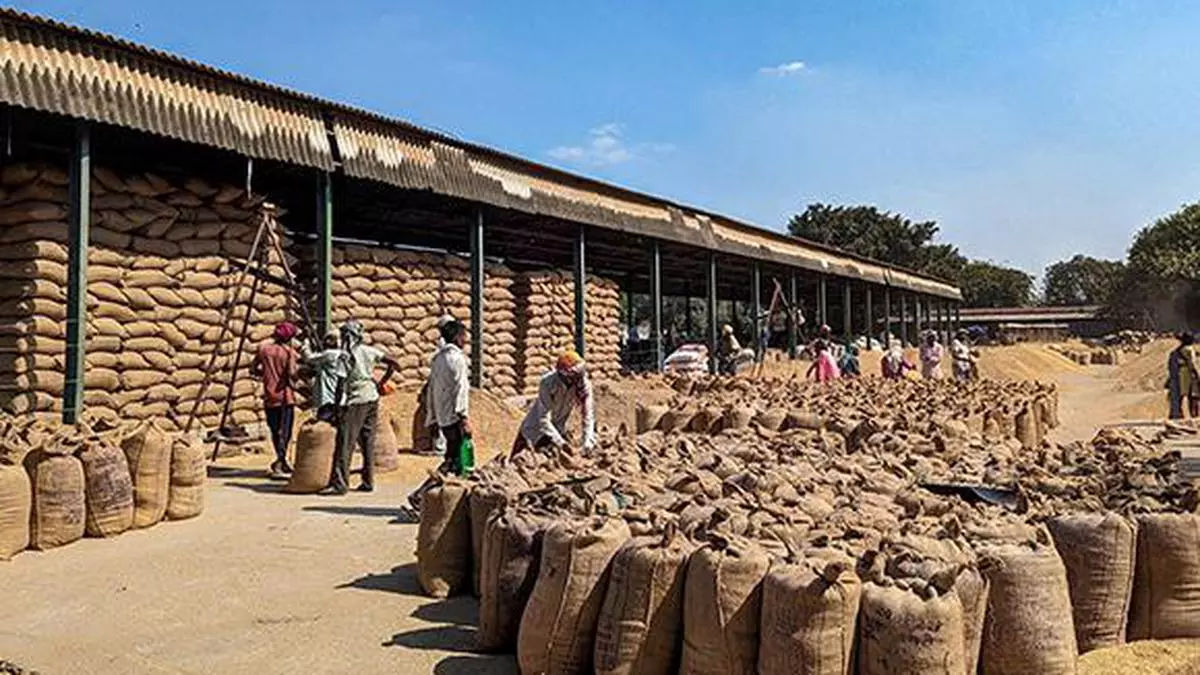Govt allows export of 1000 tonnes of Kala namak rice, UP farmers to benefit
The Centre has allowed export of 1,000 tonnes of Kala namak raw rice, a premium non-basmati variety from Uttar Pradesh, through any of six select destinations, including ports, without duty, after certification by the State government. Currently, export of parboiled rice alone is allowed at a 20 per cent rate of duty, while shipment of all other non-basmati rice varieties is prohibited.
A Finance Ministry notification issued on April 2 says the export of Kala namak rice will be permitted through customs stations in Varanasi Air Cargo, Jawaharlal Nehru Custom House (JNCH) at Nhava Sheva (Raigad, Maharashtra), Customs House Kandla (Gujarat), Land Customs Station (LCS) Nepalganj in Bahraich district (UP), LCS Sonauli at Maharajganj district (UP) or LCS Barhni in Siddharthnagar district (UP).
The exporter has to furnish “a certificate to the Deputy Commissioner of Customs or the Assistant Commissioner of Customs, as the case may be, from the Director, Agriculture Marketing & Foreign Trade, Lucknow, Uttar Pradesh, certifying the item and quantity of Kala namak rice to be exported.”
Businessline had reported last month that an inter-ministerial panel had approved the Food Ministry’s proposal to exempt Kala namak from export ban and a notification was to be issued before commencement of the model code of conduct. However, sources said it was planned to allow export through some ports in Chennai, but later on it was changed to use LCS in Uttar Pradesh, which delayed the notification.
As reported earlier, there is no distinction made between evolved varieties (dwarf plants) and traditional varieties (greater height of plant) in the current notification and both types are allowed.
In 2021-22, as much as 21 tonnes of Kala namak was exported, trade sources said.
Kalanamak, with a black husk and a strong fragrance, is considered a gift from Lord Buddha to the people of the Sravasti when he visited the region after enlightenment. The variety also has a Geographical Indication (GI) tag when grown in 11 districts of UP – Bahraich, Balrampur, Basti, Deoria, Gonda, Gorakhpur, Kushinagar, Maharajganj, Santkabirnagar, Shravasti and Siddharthnagar.
The government has released Pusa Narendra Kalanamak 1638 and Pusa Narendra Kalanamak 1652 varieties developed by Indian Agriculture Research Institute (IARI) in 2022.
“Government should come up with standards for other GI varieties and specialty varieties. Instead of classifying rice as basmati rice and non-basmati rice, the labelling of rice as specialty, aromatic, premium and common could increase export realization and in turn boost farm income,” said S Chandrasekaran, a foreign trade policy expert.
